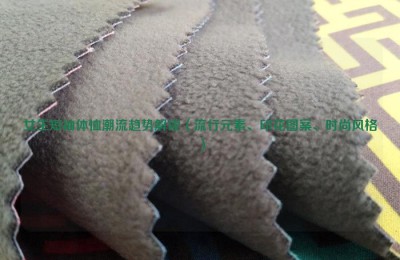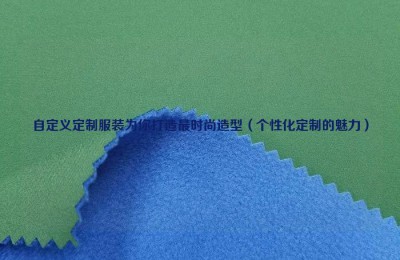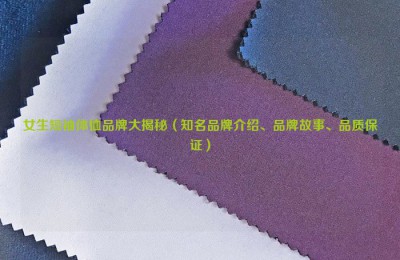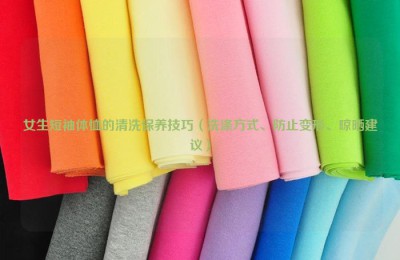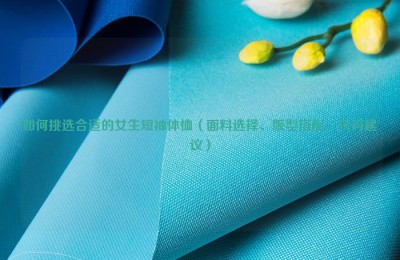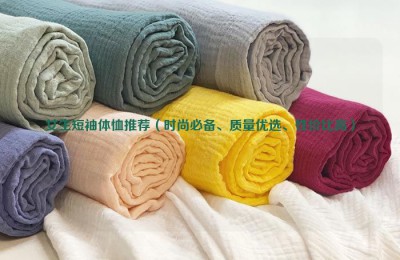Recently, when the China Dyestuff Industry Association Secretariat released industry survey information, it pointed out that the dye industry has experienced serious overcapacity, calling on and recommending dye companies to reduce production, reasonably limit production, and avoid maliciously lowering prices, triggering strong industry sentiment. focus on.
As the leader of the global industry, Zhejiang Longsheng can be said to be the benchmark for large-cap stocks. On the evening of May 20, Zhejiang Longsheng issued a financing announcement. The company plans to issue ultra-short-term financing bonds and medium-term notes to raise a total of 8 billion yuan to supplement working capital and repay debts. In the first quarter of this year, Longsheng’s net profit continued to decline year-on-year, with a drop of more than 50%. Some experts pointed out that behind the refinancing of 8 billion yuan to repay debt, on the surface it was Longsheng’s liquidity pressure and operating pressure, but the underlying reason was also the intensified competition in the industry.
Coincidentally, since the third quarter of last year, Zhejiang Longsheng, Shanghai Anoqi, Zhejiang Jihua, Zhejiang Haixiang Pharmaceutical and other listed companies have experienced varying degrees of performance decline. Is the dye industry really under intensified competition? Are you “sick”? Where should industrial development go?
The epidemic superimposes multiple factors, overcapacity and competition intensifies
Affected by the COVID-19 epidemic and the Russia-Ukraine war, the global dye industry chain and supply chain are experiencing an unprecedented impact. Printing and dyeing enterprises have reduced demand for dyes, and dye exports are restricted, putting enterprises under greater pressure. In particular, the sudden escalation of geopolitical conflicts has caused “fire to cook oil”. Since February this year alone, more than 60 kinds of chemical raw materials have been soaring in less than a month, and it has become normal for prices to rise by 10,000 yuan per ton. As import and export trade has been severely hampered in the past two years, and the prices of bulk chemical raw materials and intermediates have continued to rise, China’s dye and pigment industry, which is caught between the terminal market and the raw material market, is struggling.
Since 2021, the growth rate of total profits in the dye industry has begun to decline off a cliff, and the total profits for the year have generally been negative growth, or even seriously declined. In the first quarter of 2022, the profits of some listed dye companies suffered serious declines or even losses, and the entire dye industry showed weakness. This is a very rare phenomenon in the dye industry in recent years. In the first quarter of this year, Zhejiang Longsheng’s gross sales profit margin was 30.12%. This is another decline after hitting a new low in nearly four years in 2021, and has been declining for three consecutive years. Its net profit was 470 million yuan, with a year-on-year change of -56.06%. What Long Sheng reflects is exactly the current situation faced by this industry.
“On the surface, the current situation of the dye industry is due to the difficulties in production and operation caused by the impact of the new coronavirus epidemic and the Russia-Ukraine war. The underlying reason is the industry’s overcapacity, vicious competition, and mutual price reduction.” In this regard, China The Secretariat of the Dyeing Association bluntly said: “The serious overcapacity problem in the industry will not get better in the long term even if the COVID-19 epidemic and the Russia-Ukraine war end. The fatigue of the entire dye industry has been reflected in the prosperity of the dye industry. ”
In fact, not only is my country’s chemical industry in the throes of transformation, but even Japan’s chemical industry is accelerating structural adjustment. Mitsubishi Chemical decided at the end of 2021 to withdraw from the petrochemical and coal chemical business in the next few years; Mitsui Chemical announced on March 15 that it will close Japan’s Iwakuni Otake’s purified terephthalic acid (PTA) factory… Recently, Japan’s century-old chemical giant Sumitomo Chemical announced that it will close the dye production facilities of the Osaka factory by the end of March 2023 and withdraw from the dye business. Perhaps, the “bloody storm” of the global dye industry is about to come.
my country is the world’s largest producer and consumer of dyes, accounting for 70% of the world’s output. Among them, China’s dye production in 2021 will be 835,000 tons, a year-on-year increase of 8.6%. The number of new and planned projects is still increasing, which is bound to accelerate the further deterioration of the industrial situation. Even Sumitomo Chemical did not forget to add when it exited the dye business, “In recent years, the global caprolactam production facilities have increased, especially the surge in production capacity in China, resulting in the deterioration of Sumitomo Chemical’s profits.” It can be seen that the competition in the dye market is so fierce.
Environmental protectionReduced demand for pressurized downstream printing and dyeing
The sustainable development of the dye industry depends not only on the adjustment of its own industrial structure, but also on the market demand and industry prosperity of downstream printing and dyeing enterprises. However, affected by multiple factors such as environmental protection and the epidemic, the printing and dyeing industry is also facing tremendous pressure for transformation.
Affected by last year’s “dual energy control” and other policies, many printing and dyeing industry clusters across the country, including Jiangsu, Zhejiang, and Guangdong, have successively issued varying degrees of power restrictions and production shutdowns. Under the epidemic, the days of printing and dyeing companies can be imagined. On the one hand, raw material prices continue to fluctuate at high levels, with water, electricity, dyes, and auxiliaries rising along with them. On the other hand, logistics and transportation are restricted, and terminal consumer willingness weakens, squeezing both ends.
At the same time, green and low-carbon is also forcing the industry to transform and upgrade. Shaoxing’s printing and dyeing production capacity accounts for more than half of Zhejiang Province and one-third of the country’s. Every move here affects the development of the entire domestic printing and dyeing industry. On February 22, the Yuecheng Branch of Shaoxing Municipal Ecological Environment Bureau issued the “Working Procedures for Closure and Exit of Pairing Services for Enterprises in the Printing and Dyeing Industry”.”” Notice was released, 43 printing and dyeing companies in Yuecheng District will close down and withdraw. In order to accelerate the transformation and upgrading of the textile printing and dyeing industry, Xiqiao, one of the printing and dyeing clusters, has also begun to take drastic measures. Recently, Li Yijia, secretary of the Xiqiao Town Party Committee, said that by October this year, Xiqiao will shut down the first batch of 15 textile printing and dyeing companies. At present, Xiqiao has carried out classified rectification and improvement of 44 textile printing and dyeing enterprises by implementing the strategy of “eliminating a group, standardizing a group, and improving a group”.
Although printing and dyeing enterprises have overcome many challenges and achieved steady development of “stable but under pressure” in the first quarter of this year, the output of printing and dyeing cloth by enterprises above designated size was 12.175 billion meters, a growth rate of 4.01 percentage points lower than that from January to February. Printing and dyeing The growth rate of cloth production is slowing down. It is expected that in the second quarter, the stable development of the printing and dyeing industry will still face many constraints, and the economic operation will still be under great pressure. With the reduction in demand from downstream printing and dyeing enterprises and the adjustment of the industrial structure, this has also led to the transformation and upgrading of the dye industry to a certain extent.
Increase technology research and development and take the green high-end route
“We have developed ‘high alkali-resistant disperse dyes’, which has greatly shortened the process flow of downstream printing and dyeing enterprises, reduced costs by 15% to 50%, and reduced sewage discharge by 30% to 50%. Jiaxin Dyestuffs is moving towards the entire dye industry chain The direction of service providers continues to move forward. When all new projects reach production, the company’s annual output value is expected to reach tens of billions, entering the leading position in the dye industry.” On May 7, “People’s Daily” praised Penglai District Yantai Jiaxin Dyestuff Chemical Co., Ltd. The company concentrates on research and development of technology to enhance the resilience of the industrial chain and supply chain. Zhang Shansheng, chairman of Jiaxin Dyestuffs, introduced that in order to achieve sustainable development of the company, Jiaxin Dyestuffs has always adhered to innovation-driven development. The pioneering “high alkali-resistant series disperse dyes” products and “one-bath dyeing and finishing” technology have set many national firsts. 1. It is listed as a key development technology in the “14th Five-Year Plan” by the Ministry of Industry and Information Technology and listed as an encouraged product in the “Industrial Structural Adjustment Guidance Catalog” by the National Development and Reform Commission. Its “dye production wastewater waste extraction and reuse technology” has filled a domestic gap.
In the first quarter of 2022, Demei Chemical’s performance continued to maintain high growth. In the first quarter, revenue was approximately 505 million yuan, a year-on-year increase of 23.89%; net profit was approximately 43.55 million yuan, a year-on-year increase of 36.1%. Achieving such performance, Huang Guanxiong, chairman and general manager of Demei Chemical, summarized it as: focusing on the advantages of the main business, auxiliaries cover the entire process of textile printing and dyeing processing and the flattening of sales channels. “In the future, the demand for new textile auxiliaries and functional products will increase, and energy-saving and emission reduction auxiliaries and Technology will become a development trend. In the future, the industry competition pattern of textile auxiliaries will be positioned in the mid-to-high-end market, environmentally friendly process technology and high value-added functional products.”
As advocated by the China Dyeing and Dyeing Association Secretariat, while strengthening industry self-discipline, enterprises must strengthen management, practice hard, and do their best to reduce material and energy consumption, reduce “three wastes” emissions, and improve productsQuality, develop specialty products, dislocate competition, and reduce the harm caused by homogeneous competition. A large number of companies, such as Jiaxin Dyestuffs and Demei Chemical Industry, have begun innovative breakthroughs.
Not only that, in order to guide the transformation of enterprises, in the past five years, heroes from Hubei, a major chemical industry province, have broken their own hands to solve the “chemical industry siege”. From 2017 to 2021, the province has completed the customs reform and relocation of 439 chemical enterprises along the Yangtze River, achieving the goal of “moving new, high-rise and green”. Taking Yichang as an example, after three years of hard work, more than 130 chemical companies along the Yangtze River have been reborn, and the proportion of fine chemicals in the city’s chemical industry has increased from 18.6% before the renovation to more than 36%.
I believe that with the effective control of the epidemic and the improvement of the domestic and foreign economic environment, under the active guidance of the government and industry, and with the self-rescue and innovation of enterprises, the dye industry and enterprises will surely be able to climb over the hurdles and make adjustments in the process of transformation. Forge a high-quality road to sustainable development.
AAAFGHTYHCGER

